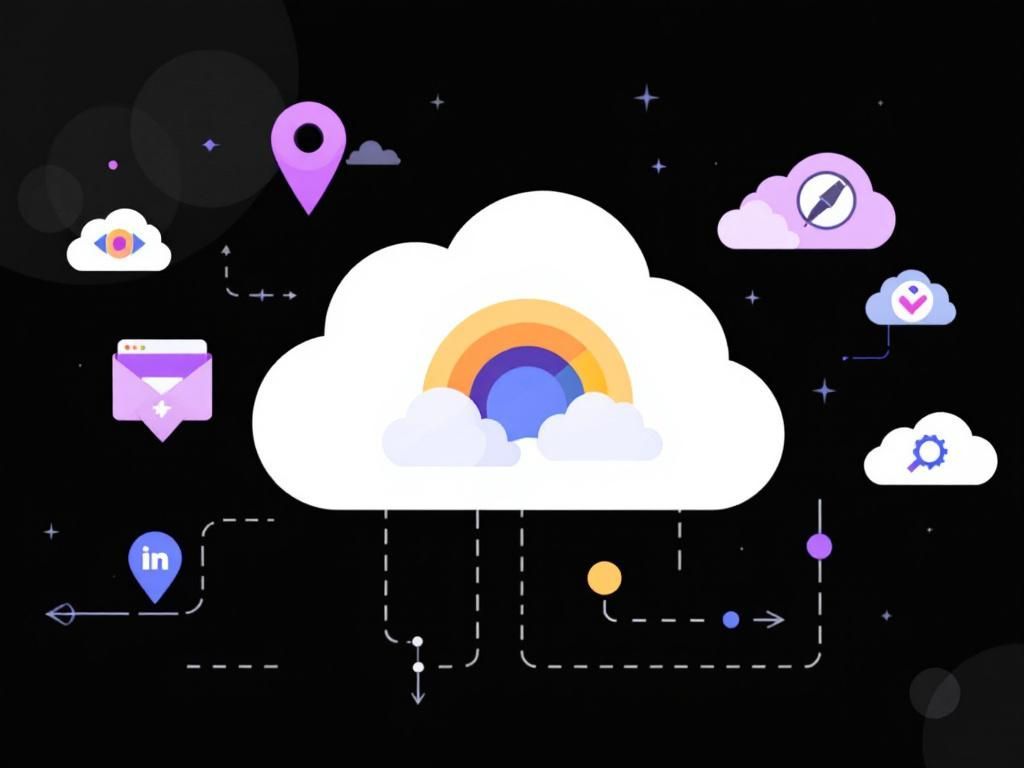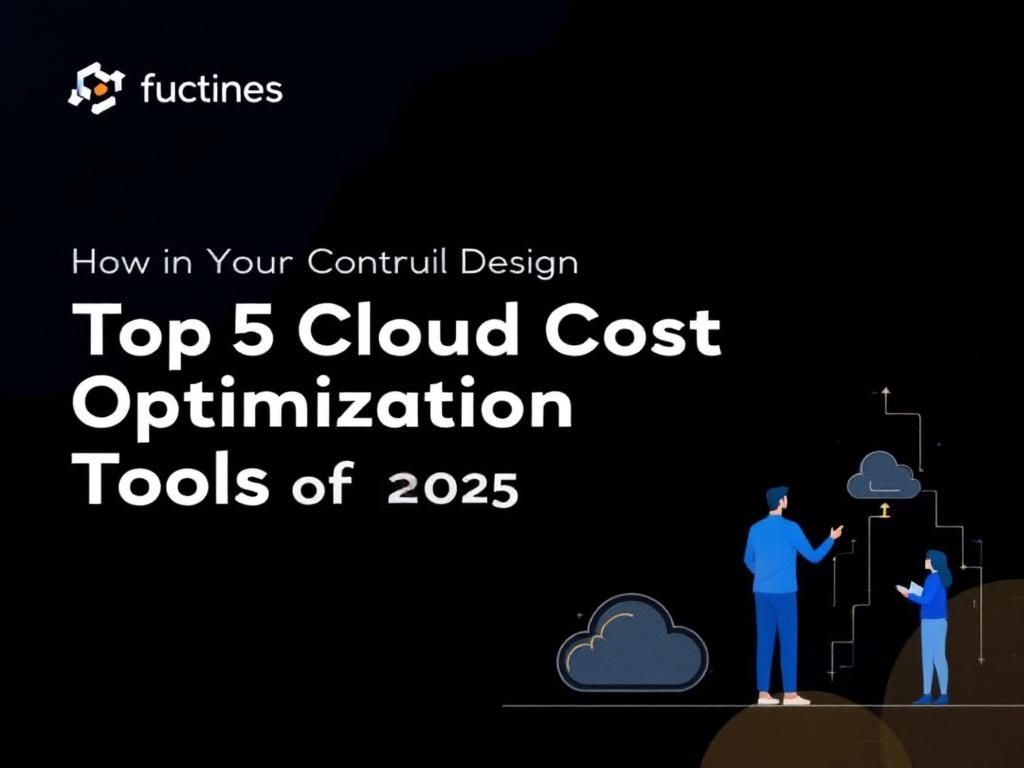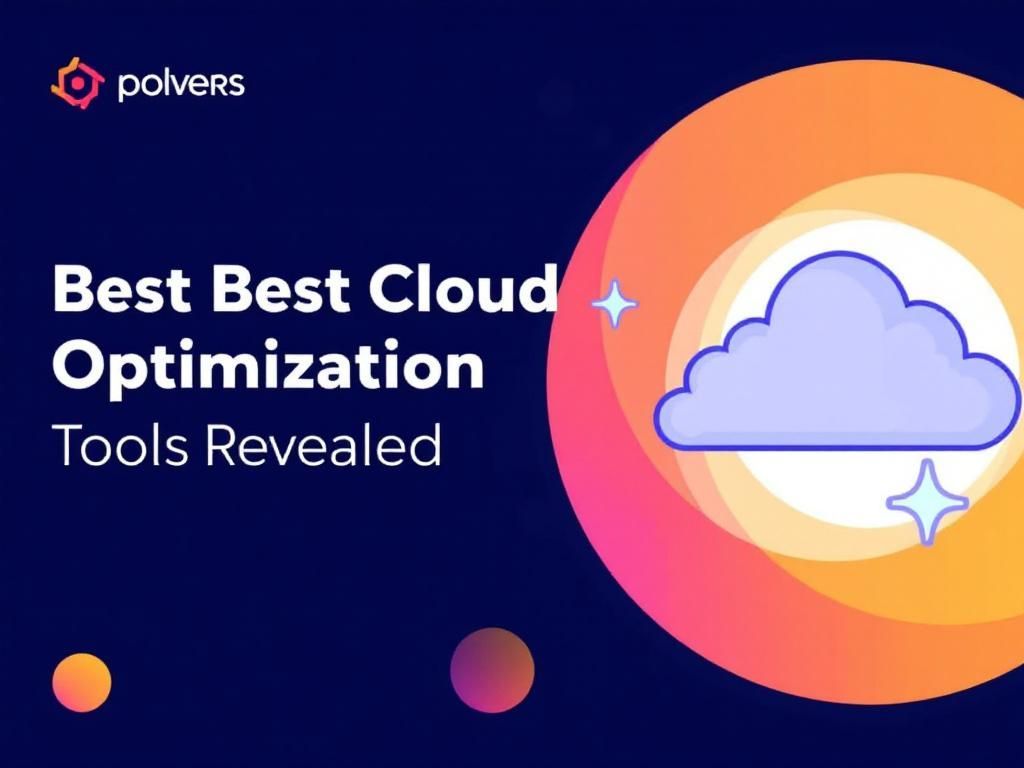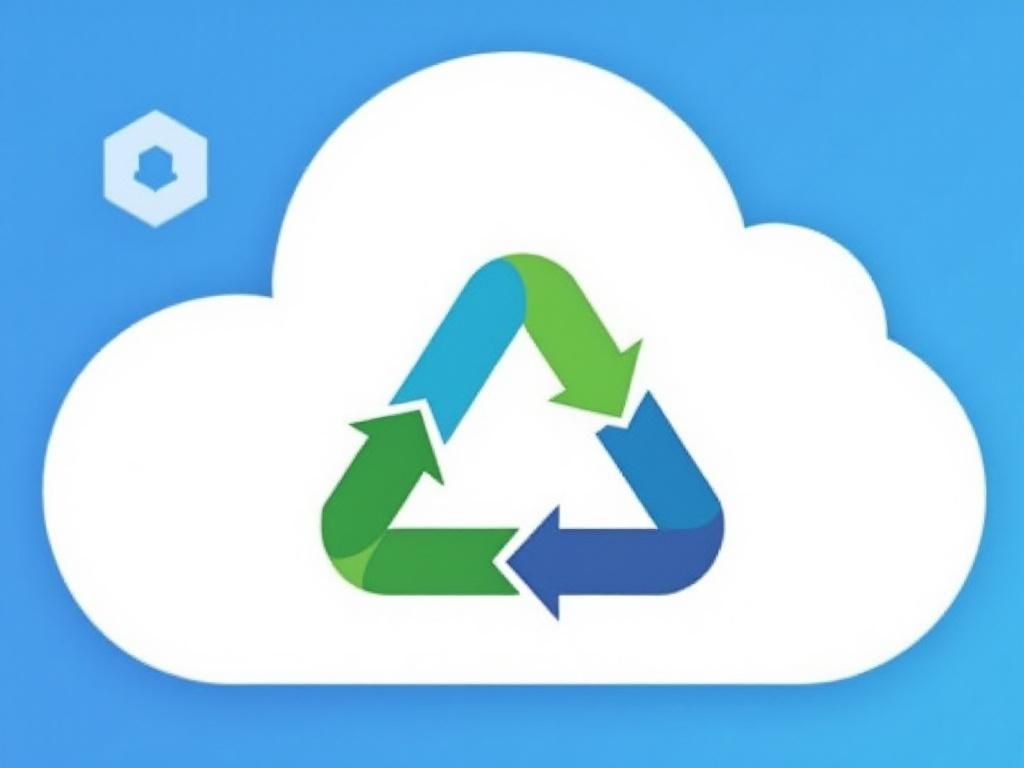Legacy Applications: Streamlined Cloud Migration Strategies
Discover effective strategies for migrating legacy applications to the cloud, ensuring a smooth transition without disrupting your business operations.
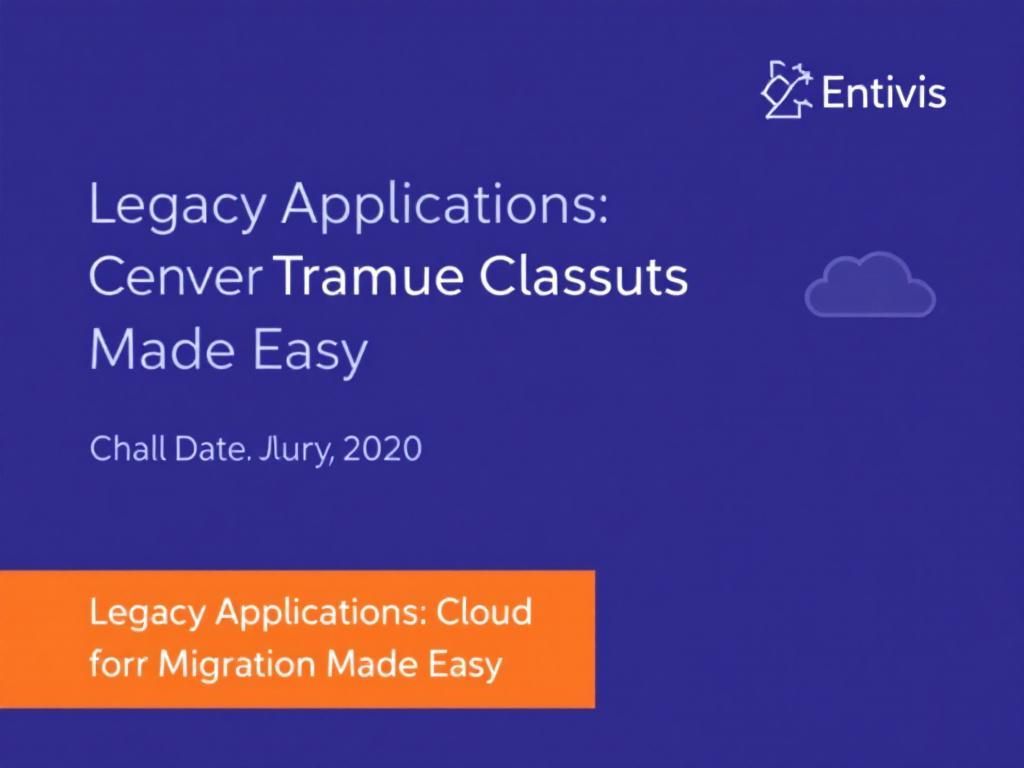
In today’s fast-paced digital landscape, businesses are increasingly finding themselves at a crossroads with their legacy applications. These applications, often built on outdated technology, can be a significant barrier to innovation and efficiency. As organizations seek to adopt cloud computing solutions, the challenge of migrating these legacy systems can seem daunting. However, with a strategic approach, cloud migration can be a seamless process that revitalizes your business operations. This article delves into the nuances of cloud migration for legacy applications, providing insights, strategies, and best practices that can help organizations make this transition smoothly.
Table of Contents
Understanding Legacy Applications
Before we dive into the migration process, it’s essential to understand what legacy applications are and why they pose challenges to modern businesses. Legacy applications are systems that have been in use for a long time, often built on outdated technologies or programming languages. They typically exhibit the following characteristics:
- Dependence on aging infrastructure
- Limited integration capabilities with newer systems
- Difficulty in maintaining and updating
- High operational costs
These applications can hinder agility, increase costs, and limit a company’s ability to innovate. Recognizing these pain points is the first step towards a successful migration strategy.
The Benefits of Cloud Migration
Moving legacy applications to the cloud offers numerous advantages, including:
1. Cost Efficiency
Cloud computing allows businesses to reduce costs associated with hardware, software, and maintenance. By migrating to the cloud, companies can:
- Eliminate costly on-premises servers
- Adopt a pay-as-you-go pricing model
- Reduce energy consumption and physical space requirements
2. Enhanced Scalability
The cloud offers unparalleled scalability, enabling businesses to quickly adapt to changing demands. Benefits include:
- Quick deployment of additional resources
- Easier scaling of applications based on traffic
- Flexibility to experiment without heavy upfront investments
3. Improved Security
Cloud providers invest heavily in security measures, offering features such as:
- Regular updates and patches
- Advanced threat detection
- Data redundancy and backup solutions
Strategies for Migrating Legacy Applications
Migrating legacy applications to the cloud requires careful planning and execution. Here are some effective strategies to consider:
1. Assess Your Current Applications
Before embarking on a migration, conduct a thorough assessment of your existing applications. Key factors to evaluate include:
- Application dependencies
- Performance metrics
- User feedback and satisfaction
2. Choose the Right Migration Approach
There are several approaches to migrate legacy applications to the cloud, including:
| Migration Approach | Description |
|---|---|
| Rehosting | Moving applications to the cloud without significant changes. |
| Refactoring | Modifying applications to better fit cloud architecture. |
| Replatforming | Making minimal adjustments to utilize cloud services while maintaining core structure. |
| Retiring | Decommissioning applications that are no longer necessary. |
| Rebuilding | Developing new applications from scratch based on cloud capabilities. |
3. Develop a Migration Plan
Creating a comprehensive migration plan is crucial. A well-structured plan should include:
- An inventory of applications to be migrated
- Timeline for each migration phase
- Resources required for migration
- Risk assessment and mitigation strategies
Best Practices for a Successful Migration
To ensure a smooth migration process, consider the following best practices:
1. Involve Stakeholders Early
Engage key stakeholders from different departments to gain insights and ensure alignment. This collaboration can lead to a more informed migration strategy and help identify any potential issues early on.
2. Test Thoroughly
Before full-scale migration, conduct thorough testing of applications in the cloud environment. This testing phase should include:
- Functional testing
- Performance testing
- Security assessments
3. Train Your Team
Ensure that your IT team is equipped with the necessary skills and knowledge to manage cloud applications. Provide training sessions to bridge any gaps in expertise, focusing on:
- Cloud infrastructure management
- Security protocols
- Best practices for application performance
Post-Migration Optimization
Once the migration is complete, it’s essential to optimize your applications in the cloud. Key areas to focus on include:
1. Performance Monitoring
Utilize cloud monitoring tools to track application performance continuously. Monitor key metrics such as:
- Response times
- Traffic patterns
- Error rates
2. Cost Management
Regularly review your cloud expenditure to ensure that your costs are in line with your budget. Implement practices such as:
- Using cost management tools
- Setting usage alerts
- Reviewing subscription plans
3. Regular Updates and Maintenance
Keep your applications up-to-date with regular updates and maintenance. This practice will help ensure security and optimal performance over time.
Conclusion
Migration of legacy applications to the cloud represents a vital step toward modernizing your business. By understanding the challenges, benefits, and strategies associated with cloud migration, organizations can navigate this transition effectively. Embracing the cloud not only enhances operational efficiency but also positions businesses for future growth and innovation. With careful planning, thorough testing, and ongoing optimization, your legacy applications can thrive in a cloud environment, paving the way for a more agile and responsive organization.
FAQ
What are legacy applications?
Legacy applications are outdated software systems that are still in use, often built on older technologies and may not integrate well with modern systems.
Why should I consider migrating my legacy applications to the cloud?
Migrating legacy applications to the cloud can enhance scalability, reduce maintenance costs, improve accessibility, and ensure better security and compliance.
What are the common challenges in migrating legacy applications to the cloud?
Common challenges include data compatibility issues, integration with existing systems, potential downtime during migration, and the need for staff training on new technologies.
How can I ensure a successful migration of legacy applications to the cloud?
To ensure a successful migration, conduct thorough assessments, plan the migration process carefully, involve stakeholders, and consider phased migration strategies.
What types of cloud services are best for migrating legacy applications?
Public, private, or hybrid cloud services can be suitable, depending on your specific needs for scalability, security, and compliance requirements.
Can I still use my legacy applications after migrating to the cloud?
Yes, many legacy applications can be modernized and run in the cloud. Options include rehosting, refactoring, or redeveloping them to take full advantage of cloud capabilities.


